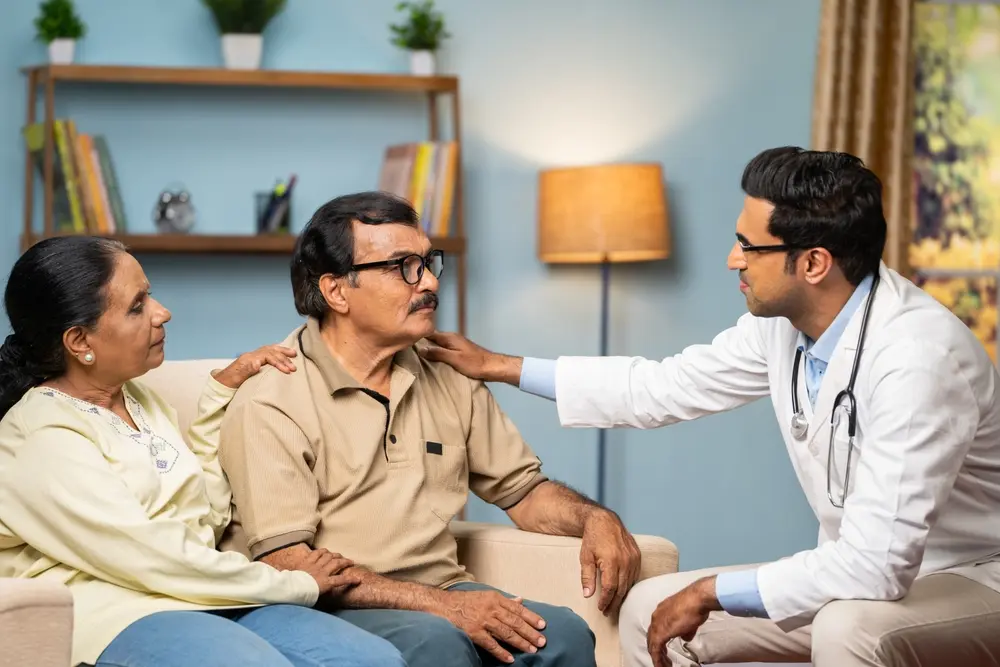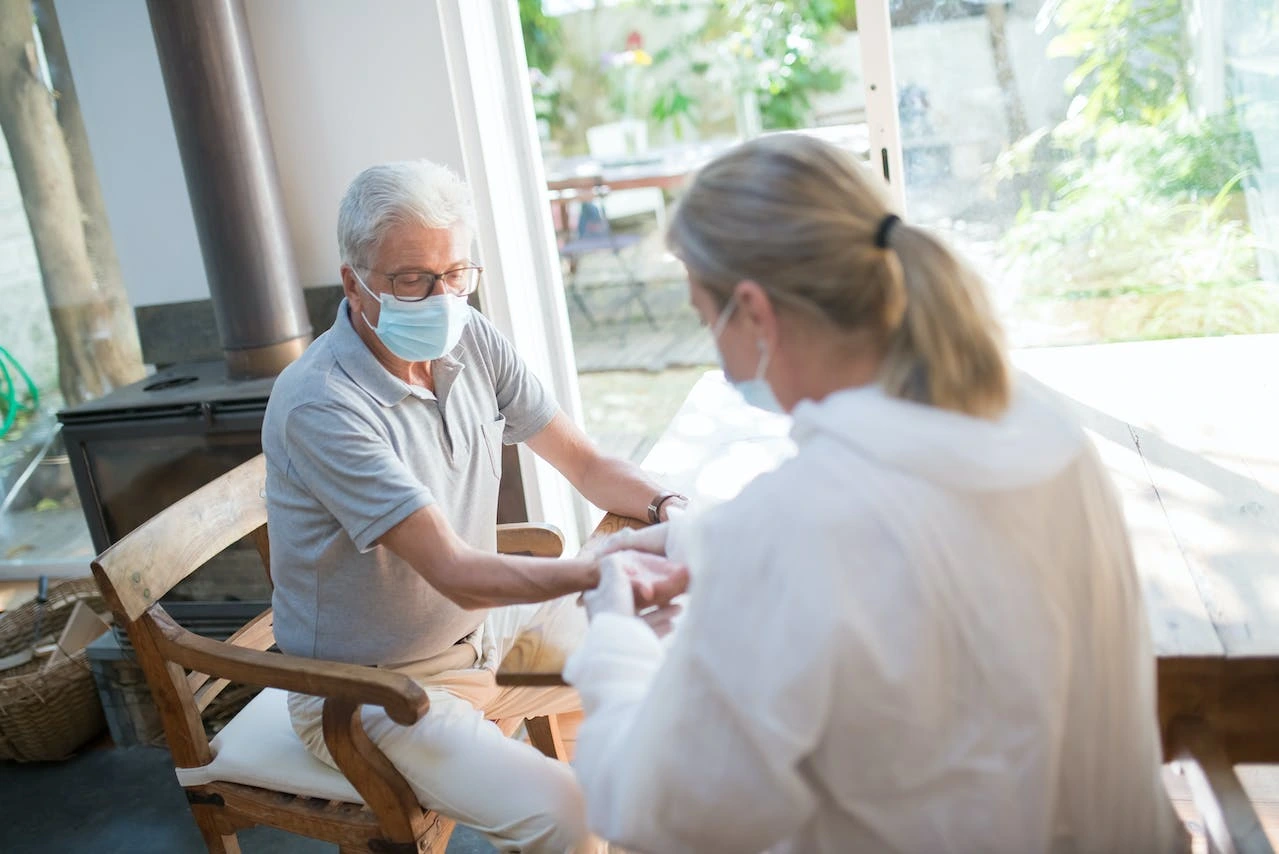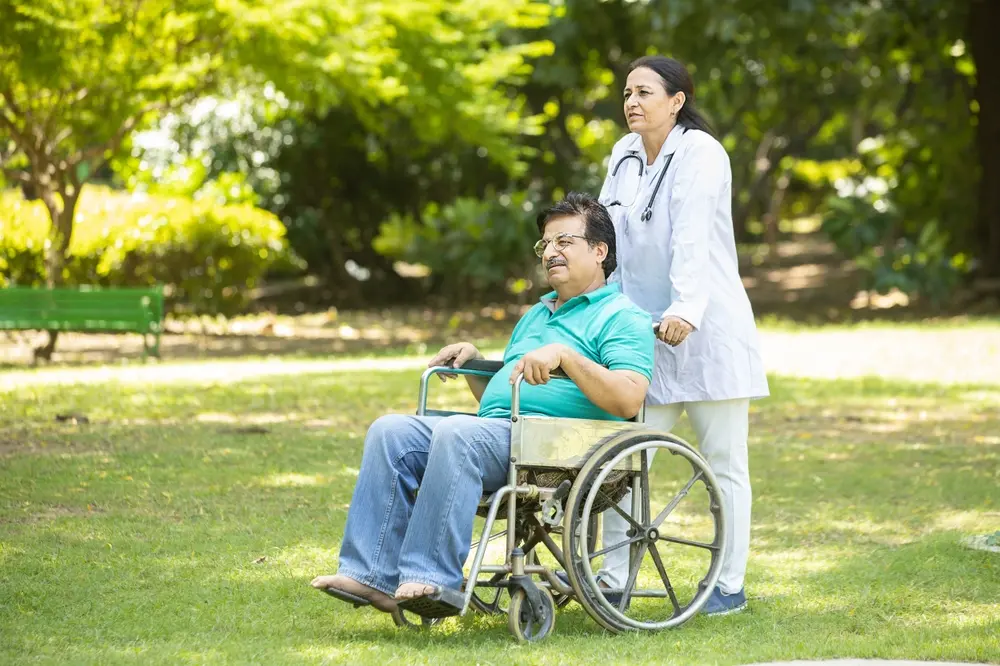As people age, their homes should remain places of comfort and security.

Blog
Home Safety for Elderly: Ensuring a Secure Living Environment
As people age, their homes should remain places of comfort and security. However, the natural aging process can introduce various challenges that make the home environment potentially hazardous. This article aims to provide a comprehensive guide on home safety for elderly individuals, detailing strategies and practical tips to ensure a secure living environment. Implementing these measures can significantly reduce the risk of accidents and enhance the overall well-being of seniors.
Falls are the leading cause of injury among elderly individuals, often resulting in serious consequences such as fractures or head injuries. Preventing falls is paramount to ensuring home safety. Conducting a thorough home safety evaluation can identify potential tripping hazards and areas that require attention. Key aspects to address include ensuring clear walkways, securing loose rugs, and installing adequate lighting. Removing clutter and arranging furniture to allow easy navigation can also significantly reduce the risk of falls.
Maintaining mobility and accessibility within the home is crucial for the independence of elderly individuals. Assessing the home environment for accessibility issues, such as narrow doorways or steep stairs, and making necessary modifications can greatly enhance mobility. Installing grab bars in critical areas, such as the bathroom and stairways, and using non-slip mats can provide additional support and prevent accidents. Additionally, arranging frequently used items within easy reach can minimize the need for bending or stretching, reducing the risk of injury.
1. The living room is a central area where elderly individuals spend a significant amount of time. Ensuring its safety is crucial to preventing accidents. 2. Remove Clutter and Obstacles: Keep walkways clear of furniture, cords, and other items that could cause trips and falls. Organizing the room to allow easy movement is essential. 3. Secure Rugs and Carpets: Use non-slip backing or double-sided tape to keep rugs and carpets in place. Consider removing loose rugs altogether to minimize tripping hazards. 4. Improve Lighting: Ensure the room is well-lit, especially in corners and near pathways. Use bright, even lighting and consider adding motion-sensor lights for added safety. These measures help create a safer and more accessible living room for elderly individuals.
1. Organize Storage: Keep frequently used items within easy reach to avoid unnecessary bending or stretching. Store heavy pots and pans at waist level. 2. Use Non-Slip Mats: Place non-slip mats in front of the sink and stove to prevent slipping. Ensure the floor is kept dry and clean. 3. Install Safety Devices: Ensure smoke detectors are functioning correctly. Keep a fire extinguisher within easy reach and make sure everyone knows how to use it. Implementing these safety measures can reduce the risk of kitchen accidents and make cooking a safer activity for seniors.
1. Install Grab Bars and Handrails: Place grab bars near the toilet and in the shower or bathtub to provide support. Ensure they are securely installed and can bear weight. 2. Use Non-Slip Mats: Place non-slip mats in the shower, bathtub, and bathroom floor to prevent slipping. Ensure the mats are securely positioned. 3. Adjust Toilet and Shower Heights: Consider using a raised toilet seat and a shower chair to make these areas more accessible and safer. These modifications can significantly reduce the risk of falls and enhance safety in the bathroom.
1. Adjust Bed Height: Ensure the bed height allows easy access for getting in and out. Consider using bed rails for additional support. 2. Keep Essential Items Nearby: Place a nightstand within reach of the bed to keep glasses, medications, and a phone easily accessible. 3. Improve Lighting: Use nightlights to illuminate pathways and install easy-to-reach light switches. These measures help create a safe and restful bedroom environment for elderly individuals.
1. Install Smoke and Carbon Monoxide Detectors: Ensure detectors are installed in key areas, including the kitchen, bedrooms, and hallways. Test them regularly and replace batteries as needed. 2. Plan an Emergency Exit Strategy: Develop and practice a fire escape plan. Ensure all exits are accessible and free from obstructions. 3. Use Appliances Safely: Avoid overloading electrical outlets and use appliances according to manufacturer instructions. Ensure space heaters are kept away from flammable materials. These precautions help protect elderly individuals from fire and carbon monoxide hazards.
1. Organize Medications: Use a pill organizer to keep track of daily medications. Label each compartment clearly and check for any expired medications regularly. 2. Create a Medication Schedule: Develop a schedule to remind elderly individuals when to take their medications. Use alarms or reminders to ensure adherence. 3. Store Medications Safely: Keep medications in a designated, secure place. Ensure they are stored at the correct temperature and out of reach of children. Implementing these practices can help prevent medication errors and ensure proper management.
Conducting a comprehensive home safety evaluation is crucial for establishing a secure and comfortable living space for elderly individuals. By identifying potential hazards and implementing necessary modifications, you can greatly reduce the risk of accidents and improve the overall quality of life for seniors. Regularly reviewing and updating safety measures ensures continuous protection and comfort. Focusing on home safety not only helps elderly individuals maintain their independence and well-being but also provides peace of mind for their families and caregivers.
Falls are the leading cause of injury among elderly individuals, often resulting in serious consequences such as fractures or head injuries. Preventing falls is paramount to ensuring home safety. Conducting a thorough home safety evaluation can identify potential tripping hazards and areas that require attention. Key aspects to address include ensuring clear walkways, securing loose rugs, and installing adequate lighting. Removing clutter and arranging furniture to allow easy navigation can also significantly reduce the risk of falls.
1. The living room is a central area where elderly individuals spend a significant amount of time. Ensuring its safety is crucial to preventing accidents. 2. Remove Clutter and Obstacles: Keep walkways clear of furniture, cords, and other items that could cause trips and falls. Organizing the room to allow easy movement is essential. 3. Secure Rugs and Carpets: Use non-slip backing or double-sided tape to keep rugs and carpets in place. Consider removing loose rugs altogether to minimize tripping hazards. 4. Improve Lighting: Ensure the room is well-lit, especially in corners and near pathways. Use bright, even lighting and consider adding motion-sensor lights for added safety. These measures help create a safer and more accessible living room for elderly individuals.
This section covers General Home Safety Tips in detail.
Need Personalized Health Guidance?
Get expert advice tailored to your specific health needs from our qualified healthcare professionals.





